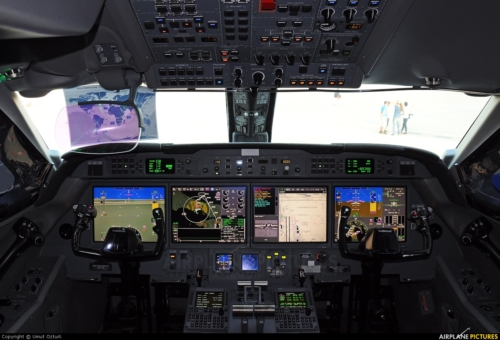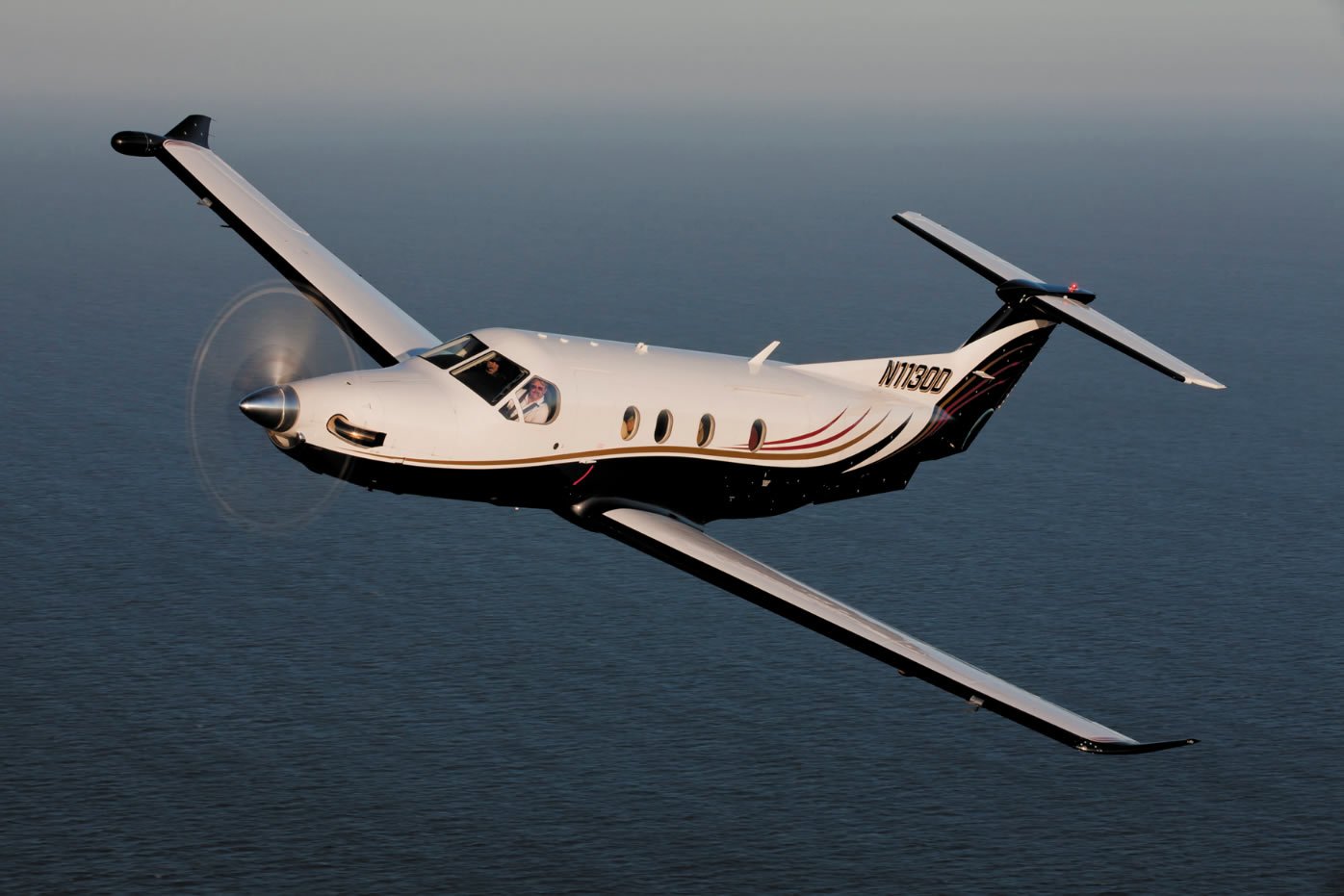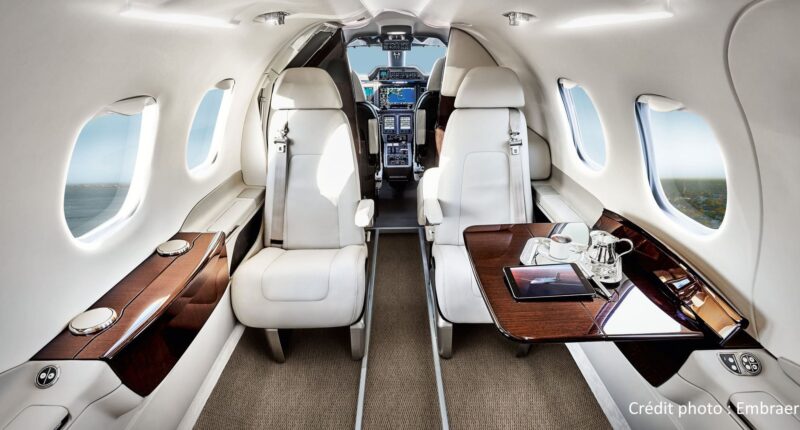Can The Gulfstream G350 Keep Up In Today’s Market?
7 min read

People often say, “it’s not how far, but how well.” They probably weren’t talking about airplanes when they said it, but the Gulfstream G350 fits the phrase better than most jets out there. In its short production, just eight years, this mid-size jet gave Gulfstream a chance to remind everyone why its name carries so much weight in private aviation.
So, what’s the story with the G350? In this review, we will dig into its background, examine its performance, and break down the costs of keeping one in the air. More importantly, we’ll ask the question that really matters: is the G350 still a smart buy for private flyers in 2025, or has its time passed already?
How The Jet Came Into Being

Like most jets, the G350 was born from a very practical need. Some customers wanted a jet that could do most of what the G450 did, but without the same price tag or fuel burn. The G450 itself was a part of Gulfstream’s GIV family, a proven line that already had a reputation for performance and comfort.
So what did Gulfstream do? They used the G450 as a starting point. On the outside, and even inside, the two jets look almost identical. The real difference was in the fuel tanks. By dialing back the fuel capacity, the company trimmed the G350’s range. It ended up with about 3,800 nautical miles less than its bigger sibling, which was a noticeable trade-off but also what kept costs in check.
The jet made its official debut in 2004. It cleared FAA certification in August of that year, earned validation in early 2005, and was flying customers later that year. Only 11 of these jets were produced before production ended.
Performance and Specifications
When Gulfstream rolled out the G350, then-CEO Bryan Moss made a bold claim that the jet would deliver the kind of performance that business customers were asking for. To be fair, he wasn’t overselling it. The G350 is quick off the runway, handles short fields better than many rivals, and once airborne, it cruises higher than you’d expect for its class.
At the heart of the jet are two aft-mounted Rolls-Royce Tay 611-8C engines, each producing 13,850 pounds of thrust. On paper, that gives the aircraft a range of about 3800 nautical miles. In practice, it means nonstop trips like Los Angeles to Hawaii or New York to London are comfortably within reach. As for speed, the jet tops out at Mach 0.88, which is roughly 926 km/h. That’s not record-breaking, but it’s quick enough to keep it competitive against bigger names in the category.
Of course, the raw numbers tell their own story:
- Long-range cruise speed: 445 - 459 knots
- Service ceiling: 45,000 feet
- Rate of climb: 3,960 feet per minute
- Takeoff distance: around 5050 feet
- Landing distance: between 2650 and 4400 feet.
These figures put the G350 squarely in the sweet spot between efficiency and performance. It may not outrun a Citation X or a Falcon, but it more than holds its own for intercontinental and transcontinental flights.
Cabin and Occupancy
If you need proof that the G350 was built on the bones of the G45o, just step inside. The cabin feels every bit as generous as its bigger sibling, with a total volume of about 1658 cubic feet. This is more than enough to put it among the roomiest in the mid-size category.

The layout is flexible but always feels upscale. Up front, there’s a four-seat club setup where most passengers tend to start the flight. Move a little further back and you will find a conference-style section, perfect for either a working session or a casual meal. And at the rear, there’s a private stateroom with one or two couches that fold down into flatbeds. It’s not just clever design; it makes long flights feel a lot shorter.
The G350 also manages to carve out space for a full galley, which can be positioned either at the front or the back, depending on configuration. Add in a proper lavatory and a baggage hold with enough capacity for more than just carry-ons, and you start to see why owners praised the balance of function and comfort.
But it’s not about square footage. The cabin air is fully refreshed with a 100% fresh-air system. Natural light streams in through 12 oversized windows, and Gulfstream didn’t skimp on tech either. There are entertainment systems and internet access that were integrated from the start, giving the G350 a very modern feel for its era.
Up Front In the Cockpit
Step inside the G350’s cockpit and you’ll immediately see the family resemblance to the G450. Gulfstream didn’t reinvent the wheel here, and for good reason. The jet comes equipped with the same Honeywell Primus Epic PlaneView system that pilots already know and trust.

Front and center are four big 14-inch LCD screens. They give a crisp, uncluttered view of flight data, while Gulfstream control cursor devices make moving around those displays feel a lot more intuitive than the older setups.
For guidance, the G350 includes a Heads-Up Display that projects key information directly into the pilot’s line of sight. Later upgrades added synthetic vision too, giving crews a realistic 3D rendering of the terrain below.
The Real Cost of Ownership
Talking about the G350’s performance is one thing, but the real question for buyers is: how much does it actually cost to keep one in the air? Like most jets in this class, the expenses fall into two buckets: fixed and variable.
For fixed expenses, you are looking at
- Crew salaries (two pilots and a flight attendant): $277,500 – $670,000
- Hangar fees: $65,000 – $114,500
- Insurance: around $59,000
- Management fee: $85,000
- Training (optional): about $79,000
- Purchase price (pre-owned): roughly $9 million
Variable costs, on the other hand, depend on how much the jet is flown. Fly more, spend more; it’s that simple. Assuming 300 hours per year, here’s a ballpark breakdown:
- Fuel: $975,000
- Maintenance: $465,000
- Engine overhaul: $375,000
All told, most owners should expect to spend in the region of $3 million per year to operate the G350. It’s a hefty figure, but if you’re buying in this category, you’re not counting pennies. And importantly, the G350 does bring more to the table than just carrying you from point A to point B. It offers genuine advantages that make those costs easier to swallow.
Where It Truly Shines
The G350 stands out in a few key areas that owners actually notice day to day.
First, it’s impressively fuel-efficient. At cruise, it burns about a gallon per nautical mile, thanks to its aerodynamic design and lightweight build. Add systems like autothrottle and FADEC, and the numbers stay competitive even today.
Maintenance is another plus. With a 12,000-hour overhaul interval, operators can spread big expenses across long flight hours, making costs easier to manage.
And then there’s the cabin. Owners essentially get the space and layout of the larger G450 at a lower price point, plus the ability to use shorter runways. That opens the door to regional airports that other jets might have to skip.
Where the G350 Falls Short
For all its strength, the G350 isn’t without issues. The biggest one is its limited production, as only 11 were ever built. Because it was so close in capability to the G450, most buyers skipped the smaller model, which makes resale today a real challenge.
Another drawback is that some features Gulfstream usually included as standard were optional here. Things like the Enhanced Vision System and synthetic vision had to be added at extra cost, meaning not every G350 is equally equipped.
Final Thoughts
When you line the Gulfstream G350 up against its peers, you get a clearer sense of what it stands out in some areas while struggling in others. Compared to the G450, its closest sibling, the G350, offered a clear economic advantage when it was new. It came in about $5 million cheaper, carried less fuel, and had a slightly lighter operating weight, all while delivering the same safety standards and a very similar cabin environment.
But the trade-offs were hard to ignore. The range dropped from 4350nm in the G450 to 3800nm in the G350. The cabin was trimmed slightly, and one less lavatory might not sound much, but for long-haul passengers, it made a difference. What Gulfstream did was essentially create a jet that gave up endurance and a bit of comfort to save on upfront and operating costs.
That compromise defined the G350’s place in the market. For owners who valued economics and efficiency over headline performance numbers, it was an attractive option. But for buyers chasing prestige or long-range flexibility, the G350 was always going to play fiddle to its bigger siblings. And that’s why, even today, the jet is remembered more as an interesting alternative than as a true star in Gulfstream’s lineup.







